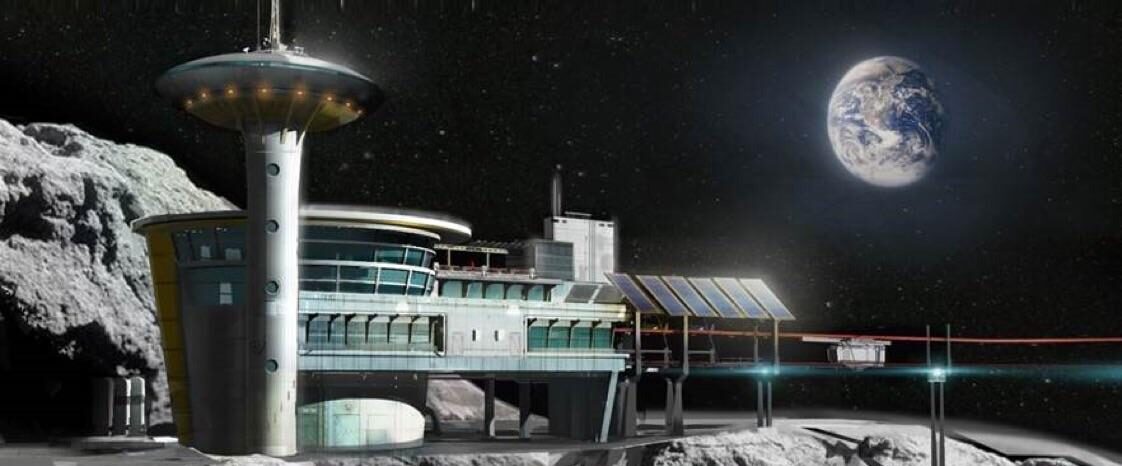
NYT: NASA Is Getting Fired Up About a Nuclear Reactor on the Moon
NYT: NASA Is Getting Fired Up About a Nuclear Reactor on the Moon
A base on the Moon isn’t going to look like an airport terminal, but it will need plenty of reliable power.
Sean Duffy, the secretary of transportation who is now also NASA’s acting administrator, called for just that last week: a reactor producing 100 kilowatts of electricity — enough to power about 80 households in the United States — that would launch to the moon before 2030.
The “power about 80 households” doesn’t make sense. A bungalow might have 100 Amp electrical service, which means up to 5 kiloWatts can be supplied. That is about the power output of a home backup generator.
A reactor on the moon would not operate in quite the same way as one on Earth.
For one, it has to be small enough and light enough to fit inside a rocket. Safety precautions would include not turning the reactor on until it reached the moon
There would be no reason to turn the reactor on before it is installed. The danger is in an explosion that would scatter the radioactive fuel into Earth’s atmosphere.
On the moon, there is also no water or air. The surface swings between 250 degrees Fahrenheit during the day and minus 400 degrees at night. Those make it more difficult to manage the reactor’s temperature to keep it operating efficiently.
The Moon has an estimated 600 billion kilograms of water ice. Water ice exists on the surface toward the poles in permanently shaded craters and mixed with Moon dirt (regolith) in other regions of the moon.
On the Moon’s equator, the temperature does range from + or – 200o F at two week intervals. It gets colder toward the poles. In a lava tube, the temperature is a steady – 4o F.
The scientists and engineers working on the project know this, and should use lunar properties to their advantage. Moon dust insulates about as well as styrofoam.
“It’s not science fiction,” said Sebastian Corbisiero, a senior program manager at Idaho National Laboratory who leads the Energy Department’s space reactor program. “This is very doable.”
Small Modular Reactors (SMR) are an existing technology. There power output is about 10 times too big for NASA, but that will be a place to start.
“It’s just a very aggressive, frankly unrealistic timeline for something that is good and should happen,” said Kathryn Huff, a former nuclear energy official at the Department of Energy who is now a professor of nuclear, plasma and radiological engineering at the University of Illinois at Urbana-Champaign. “My understanding is that its intent was to power an outpost. So it feels a little silly to do so without an outpost.”
Dr. Huff worked at the DoE for two years, and went back to academia. She doesn’t understand that we have to start somewhere. An outpost on the Moon would rely on the reactor. It’s better to build a reactor and test it before lives rely on it to survive.
The Moon is about a thousand times farther away than the International Space Station. Last year, astronauts were stranded on the ISS for nine months. That was an unconscionable delay for people a few hundred miles away in low Earth orbit. On the Moon, a delay like that would be expected.
The Moon offers several advantages, but the distance means that it won’t be easy to get a foothold. The Moon offers relatively mild temperatures underground, material to build shielding to protect from cosmic rays and large amounts of water ice.
A plan for a permanent lunar base could involve automated drops of a nuclear reactor, equipment and supplies. After that, astronauts could be sent to the Moon to do the best they can to setup a base. It won’t be in the right location and mistakes will be made. Hopefully, not many astronauts will be lost in the effort.
Leave a Reply